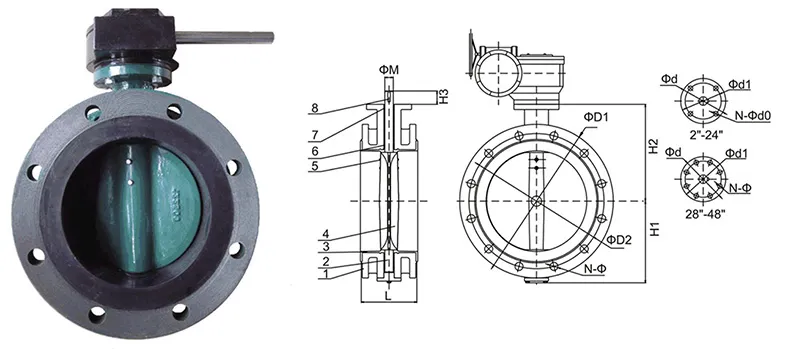Pro . 01, 2024 07:08 Back to list
Y-Strainers for Water Filtration and Flow Management Solutions
Understanding Y Strainers for Water Importance, Functionality, and Applications
Y strainers, often referred to simply as strainers, are an essential component in various industries that deal with water management and filtration. These devices are designed to protect equipment from damage caused by contaminants and debris within the water supply. Their unique design and functionality make them an indispensable tool in ensuring the longevity and efficiency of water systems.
What is a Y Strainer?
A Y strainer is a type of filtration device that is designed in a Y-shaped configuration. This distinctive shape allows water to flow through while trapping unwanted particles in a mesh or perforated screen. The primary function of a Y strainer is to filter out impurities, such as sand, rust, algae, and other debris, from water before it enters pumps, valves, and other sensitive equipment. By preventing these contaminants from passing through, Y strainers help maintain the efficiency and performance of water systems.
How Do Y Strainers Work?
The operation of a Y strainer is straightforward. As water enters the strainer, it flows through the inlet and is directed through the mesh filter element. The filter captures particles while allowing clean water to pass through to the discharge side. The screened particles accumulate in the strainer, which may necessitate periodic cleaning to maintain optimum flow rates. The Y-shaped design not only allows for easy access to the filter for maintenance but also minimizes pressure loss across the device.
Applications of Y Strainers
y strainers for water

Y strainers are widely used across various sectors, including - Municipal Water Systems In water treatment plants and distribution networks, Y strainers protect pumps and other components from debris that may cause clogging or damage. - Industrial Applications Factories and processing plants utilize Y strainers in cooling water systems, boiler feedwater systems, and more to ensure that equipment operates smoothly without interruptions. - Irrigation Systems In agricultural settings, Y strainers safeguard irrigation systems from blockages caused by soil, organic matter, or sediment. - Fire Protection Systems Firefighting equipment, such as fire hydrants and sprinklers, benefit from Y strainers that filter out particulates, ensuring that water flow remains unobstructed during emergencies.
Importance of Y Strainers
The importance of Y strainers cannot be overstated. Firstly, they play a crucial role in extending the life of costly equipment. By filtering out harmful particles, Y strainers help reduce wear and tear on pumps, valves, and other mechanical components. This reduction in maintenance needs can result in significant cost savings over time.
Secondly, Y strainers contribute to operational efficiency. By maintaining consistent water quality and flow rates, these devices ensure that systems function at their best. In industries where downtime can be costly, the reliable performance provided by Y strainers is invaluable.
Maintenance and Care
Despite their robust design, regular maintenance is necessary to keep Y strainers performing effectively. Depending on the level of contamination in the water supply, the strainer's filter elements may need to be cleaned or replaced periodically. This maintenance can often be done quickly and conveniently, thanks to the Y shape of the device, which allows for easy access.
In conclusion, Y strainers are critical components in water management systems. Their ability to protect equipment from debris and contaminants enhances the efficiency and longevity of various water-dependent applications. Understanding how Y strainers work, their significance across different sectors, and the importance of regular maintenance can help operators maximize their benefits, ensuring a reliable water supply for countless applications. As industries continue to prioritize efficiency and sustainability, the role of Y strainers in water filtration will likely become even more pronounced, making them essential for modern water management practices.
Share
-
Reliable Wafer Type Butterfly Valves for Every IndustryNewsJul.25,2025
-
Reliable Flow Control Begins with the Right Ball Check ValveNewsJul.25,2025
-
Precision Flow Control Starts with Quality ValvesNewsJul.25,2025
-
Industrial Flow Control ReliabilityNewsJul.25,2025
-
Engineered for Efficiency Gate Valves That Power Industrial PerformanceNewsJul.25,2025
-
Empowering Infrastructure Through Quality ManufacturingNewsJul.25,2025